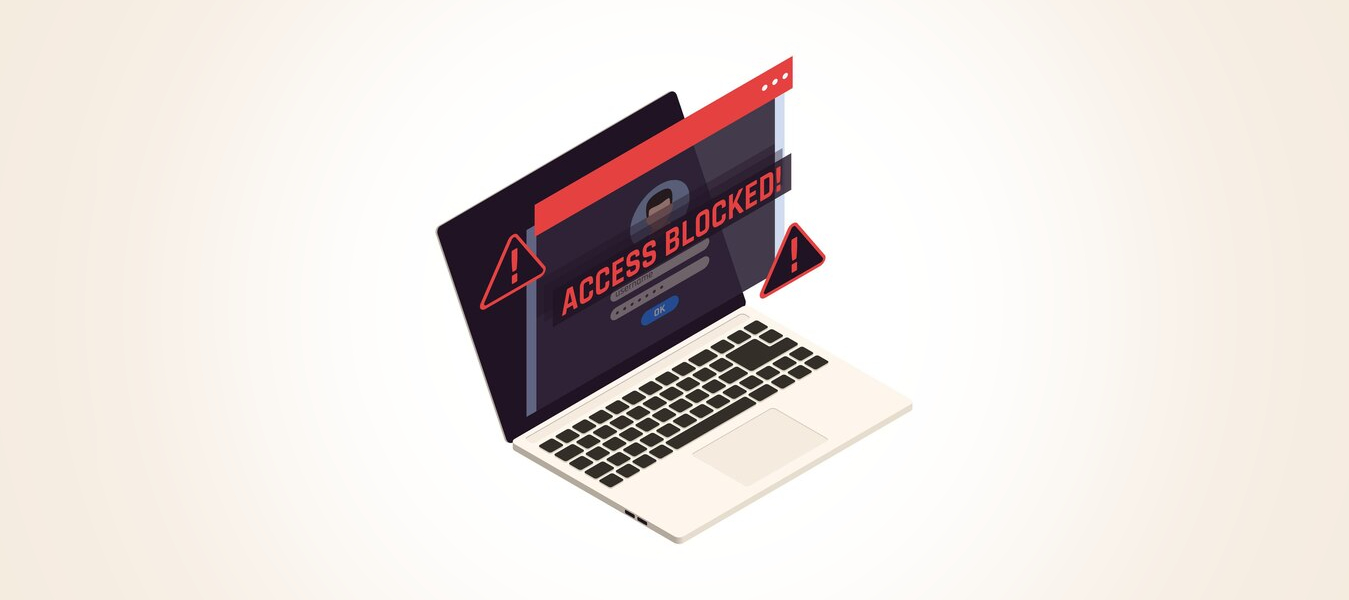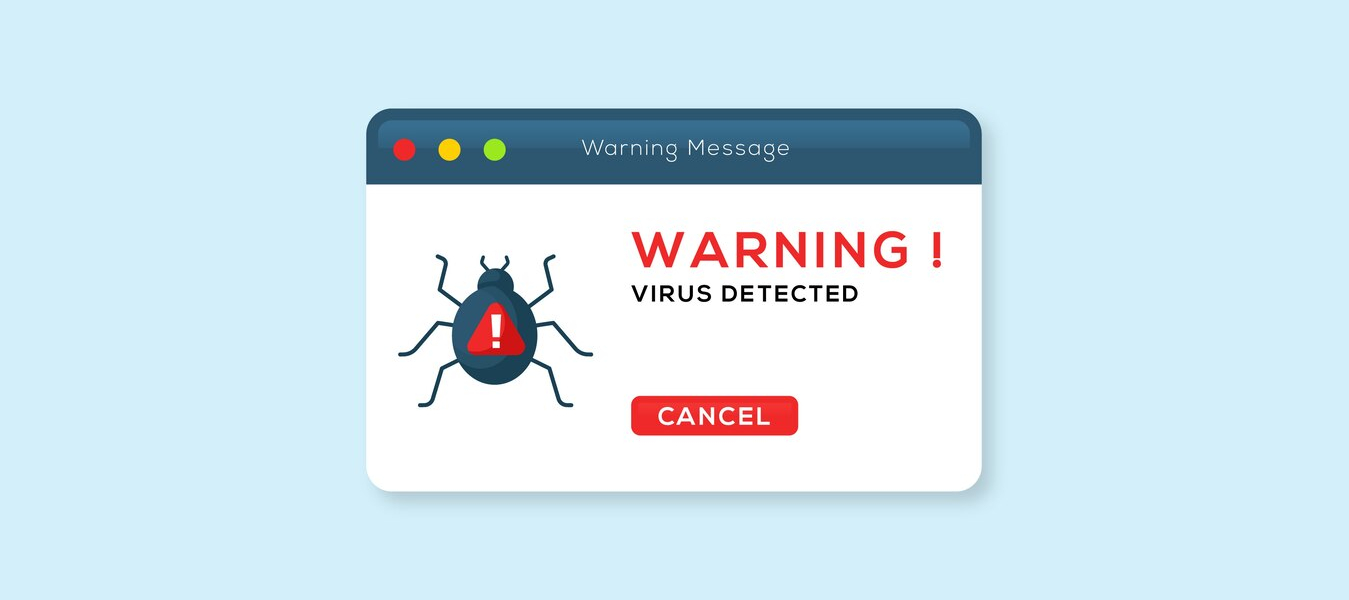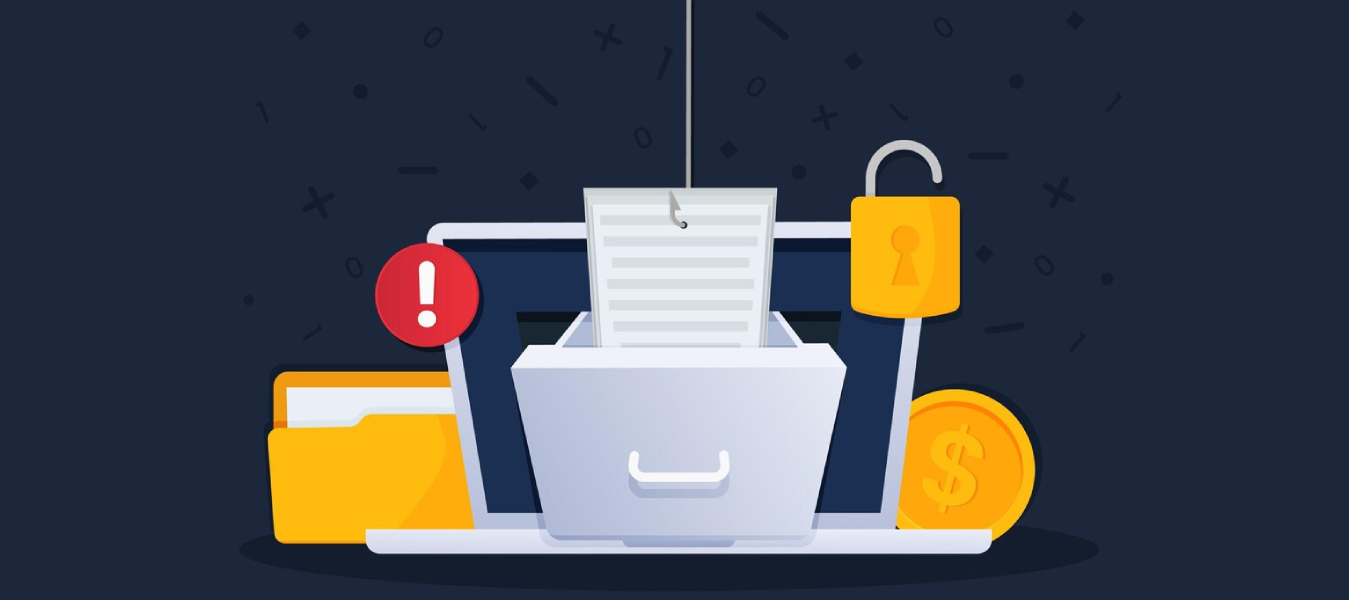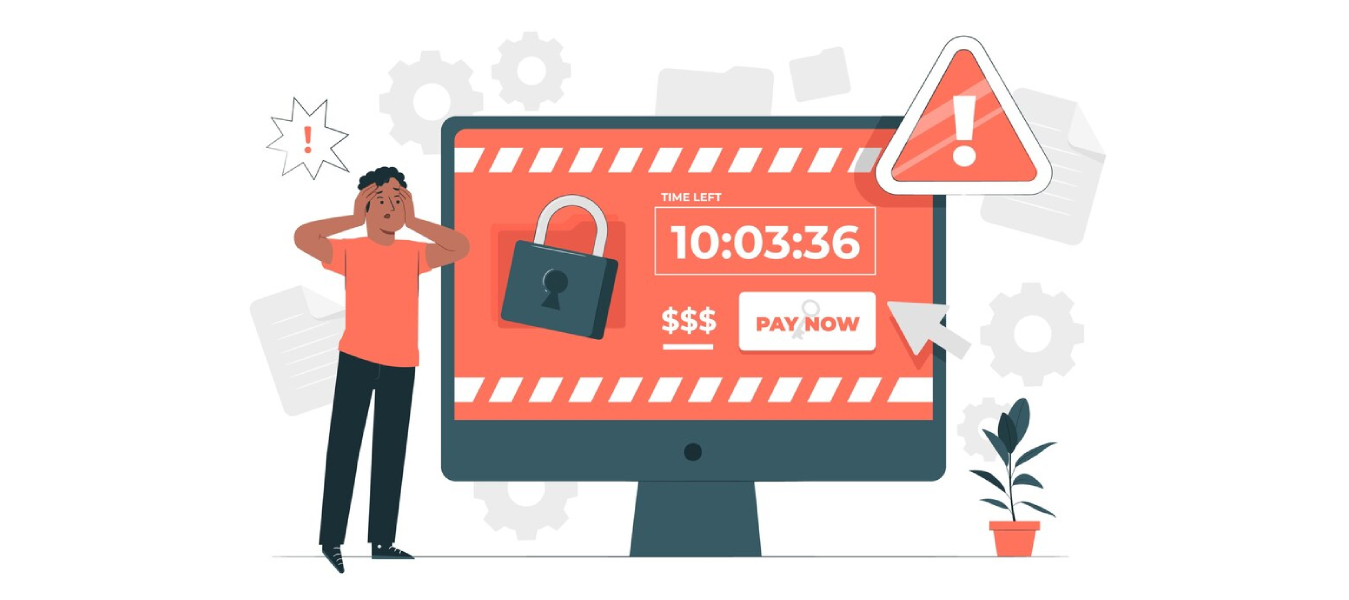
Insider Threat
What is an Insider Threat?
An insider threat refers to a cybersecurity risk originating from individuals within an organization who exploit their access, knowledge, or privileges to compromise the confidentiality, integrity, or availability of the organization’s data, systems, or services. Insider threats can be malicious or inadvertent in nature.
Categories of Insider Threats
Insider threats can be categorized into several types, including:
- Malicious Insiders: Individuals who intentionally harm the organization, such as disgruntled employees or individuals seeking financial gain.
- Negligent Insiders: Employees who unknowingly or carelessly compromise security through errors or omissions.
- Compromised Insiders: Employees whose credentials or access have been compromised by external attackers.
- Infiltrators: Individuals who join an organization with the intent to exploit their position for malicious purposes.
Insider Threat Profiles
Insider threat profiles can vary significantly, from employees with privileged access to contractors, vendors, or partners with temporary access. Identifying potential insider threats requires considering the range of individuals who have access to an organization’s systems and data.
How Insider Threats Work
Motivations and Actions
Insider threats work by leveraging access and knowledge for a variety of motives, including:
- Financial gain through data theft or fraud.
- Espionage or leaking sensitive information.
- Resentment or revenge against the organization.
- Accidental data exposure or mishandling.
- A desire for personal recognition or notoriety.
Detection Challenges
Detecting insider threats can be challenging because insiders often have legitimate access, making their activities appear normal. They may also use techniques to evade detection, such as exploiting unmonitored areas or misusing authorized access.
Consequences of Insider Threats
Insider threats can lead to:
- Data breaches, data loss, and intellectual property theft.
- Financial losses due to fraud or extortion.
- Damage to an organization’s reputation.
- Legal and regulatory consequences.
- Operational disruption.
- Compromised cybersecurity defences.
Preventing Insider Threats
Best Practices for Businesses and Organizations
Preventing insider threats involves a range of measures, including:
- Implementing access controls and least privilege principles to limit access to critical systems and data.
- Conducting thorough background checks during the hiring process.
- Monitoring and auditing user activities, especially those with elevated privileges.
- Implementing data loss prevention (DLP) solutions to identify and mitigate data exposure risks.
- Providing cybersecurity awareness training to employees, emphasizing the risks of insider threats.
- Encouraging a culture of reporting and whistleblowing for suspicious activities.
Insider Threat Mitigation Strategies
Mitigation strategies include:
- Establishing an insider threat program, complete with policies, procedures, and risk assessment.
- Regularly reviewing user access and permissions.
- Utilizing technology solutions for monitoring and detecting unusual user behavior.
- Periodically evaluating and auditing the effectiveness of security controls.
- Creating incident response plans specific to insider threat scenarios.
- Encouraging employee support for prevention and reporting.
Education and Training
Regularly educating and training employees on insider threat awareness, recognizing red flags, and responding appropriately is vital. Training programs should emphasize the potential consequences of insider threats, how to report suspicious activity, and the importance of maintaining a strong security culture.

